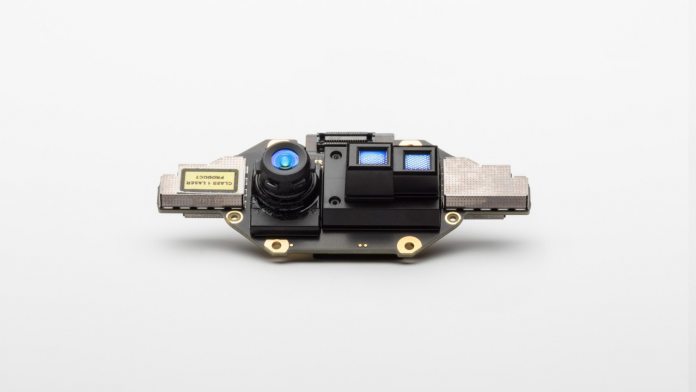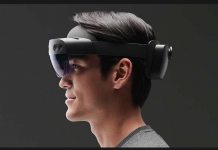It’s not what many expected. The Kinect won’t be returning to Xbox, but it will be coming to Azure. A next-generation depth camera will combine with Azure’s AI services for use in hand tracking, spatial mapping, and more. “The technical breakthroughs in our time-of-flight (ToF) depth-sensor mean that intelligent edge devices can ascertain greater precision with less power consumption,” said Kipman. “There are additional benefits to the combination of depth-sensor data and AI. Doing deep learning on depth images can lead to dramatically smaller networks needed for the same quality outcome. This results in much cheaper-to-deploy AI algorithms and a more intelligent edge.” It’s designed for Edge devices, and will pair with a multitude of AI development tools to spur progression. As well as Project Kinect, Microsoft will open source Azure IoT Edge runtime, launch Azure Cognitive service Custom Vision, and partner with DJI and Qualcomm to provide solutions.
Kinect and HoloLens
Project Kinect will tie into all of these, but it will also be used for consumer-focused devices. Its resolution of 1024×1024, incredibly low power consumption and large dynamic range make it perfect for HoloLens. In fact, Kipman has revealed that a version of the camera will power HoloLens’ second iteration. The result should be new capabilities, higher accuracy, and more. It could address the issues users had with the developer editions and explains the headset’s delay. Combined, Microsoft hopes the tools will lead to new AI solutions that were not previously possible. “As new ideas and solutions with AI and intelligent edge emerge, Microsoft will continue to advocate for developers and give them the tools and cloud services that make it possible to build these new solutions to solve real problems,” says Frank Shaw, Microsoft CVP, Communications. “From the top down, we are a developer-led company that continues to invest in coders and give them free rein to solve problems.”




